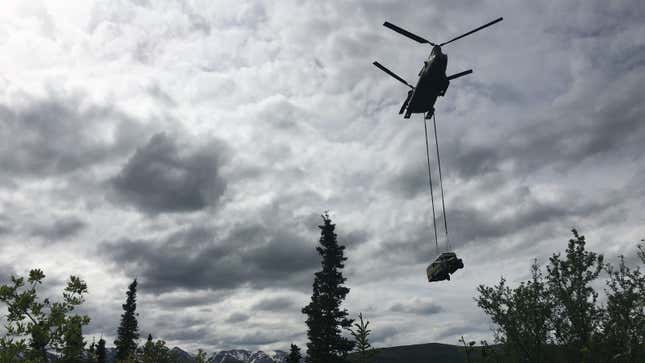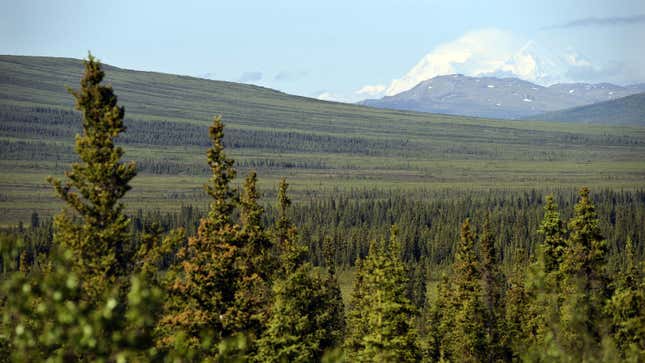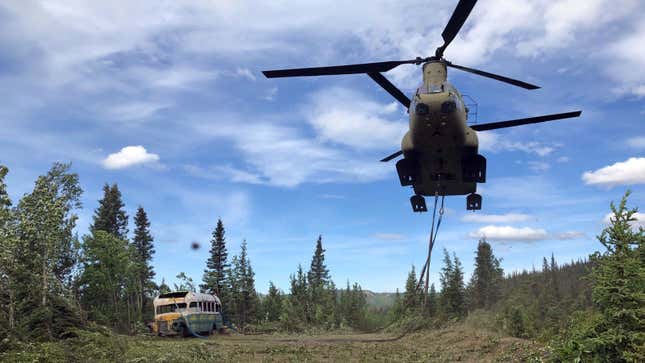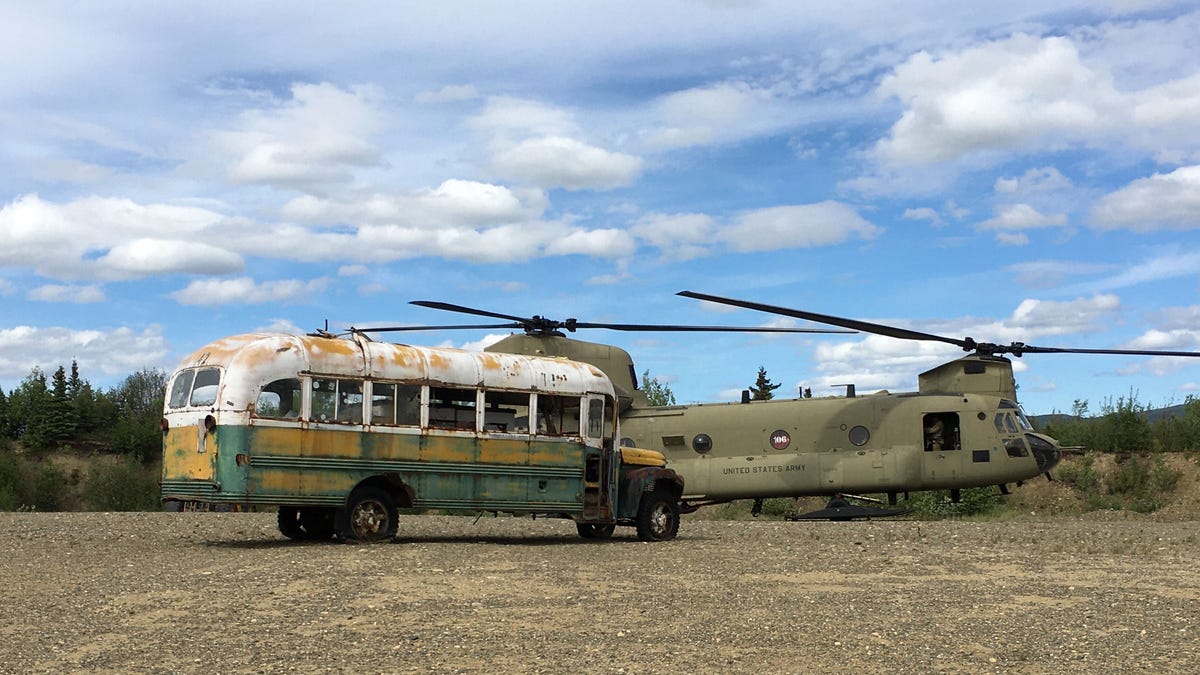What’s the most famous vehicle you can see in America? Is it the first Mustang Convertible that you’ll find on display at the Henry Ford Museum, or perhaps it’s the stacks of rusting Americana that you can see at Cadillac Ranch? For many, it was Bus 142.
Why this random bus that’s rusting away in the Alaskan wilderness, I hear you ask? Well, it’s the ancient International Harvester bus that Christopher McCandless called his home when he trekked into the wilderness in early 1992. McCandless eventually died of starvation in the bus, and his story was immortalized in the ‘Into The Wild’ book and movie, and eventually inspired countless people to make the dangerous trek out to see it.
The bus has been something of a pilgrimage site for people who were inspired by McCandless’ mission to live off grid and off the land. Every year, adventurers undertook the grueling 20-mile trek along the Stampede Trail to visit its final resting place and pay their respects to McCandless. However, it was a dangerous journey and many needed rescue before completing it, with two people even dying on the trip, reports Outside magazine. So authorities in Alaska have long been looking for a way to remove the bus, as Outside explains:
“We encourage people to enjoy Alaska’s wild areas safely, and we understand the hold this bus has had on the popular imagination,” [the Department of Natural Resources] said. “However, this is an abandoned and deteriorating vehicle that was requiring dangerous and costly rescue efforts, but more importantly, was costing some visitors their lives. I’m glad we found a safe, respectful and economical solution to this situation.”

That solution was to strap the bus to the underside of a National Guard chinook helicopter and fly it into storage, where it’s sat for years in preparation for its new life at the center of a museum installation. That journey is now the focus of an incredibly interesting Outside article.
Conservation, Not Restoration
In order to ready to bus for its big unveiling at University of Alaska Museum of the North (UAMN), workers have spent months combing over Bus 142. They haven’t been working to take it back to its former glory as a Fairbanks transit bus, nor as its old life as a military transporter.
Instead, they’ve been endeavoring to preserve it as it was the day it was flown out of the wilderness. This means every flake of paint from its three color schemes is being preserved, every handwritten note that’s scratched into its body panels is being protected and every item left behind in its enormous frame is being documented. It’s a mammoth task, as Outside explains:
The paint, exposed to decades of Alaskan winters, was flaking off inside and out. In some areas of the exterior the problem was easy to manage, but inside the bus, where every surface was covered with messages left by visitors, preserving the graffiti meant attending to each individual flake.
“It was kind of like cornflakes, if you can imagine,” says Brian Howard, the head conservator and co-founder of B. R. Howard. “It was very brittle and had lifted and cupped, but still loosely adhered to the metal substrate.” The team applied a liquid consolidant to hold the paint in place, then ironed the flakes into a smooth layer. In some places, that meant using a syringe and going flake by flake. Howard recalls spending two days on a single square foot.
The damage to the bus, however, was more than just skin deep, and as well as preserving the aesthetics of the bus, workers also had to secure its structure.

Windows that had been destroyed by decades of visitors and Alaskan winters had to be re-made and re-installed. On top of that, any exposed areas of metal had to be inspected for rust, brushed smooth and then sealed in place with a layer of acrylic resin to prevent it from creeping back in.
And there was rust, a lot of rust, according to Outside. Patches of orange decay were found on almost every surface, including in the interior, the barrel stove, the hood and even across the entire underside of the vehicle. In all, the site reports that it took 10 days for the team to clean the undercarriage of Bus 142, sand away the rust and seal the whole thing back up.
It’s a fascinating process and while it’s completely different to the kind of rebuild we might usually celebrate here at Jalopnik, as the bus will never run again, it’s definitely worth reading about.

So, if you have time today, I’d highly recommend heading to Outside to check out the whole article, which also goes into great detail about the significance of the bus and its place in Alaskan history. It’s available to read right here.

